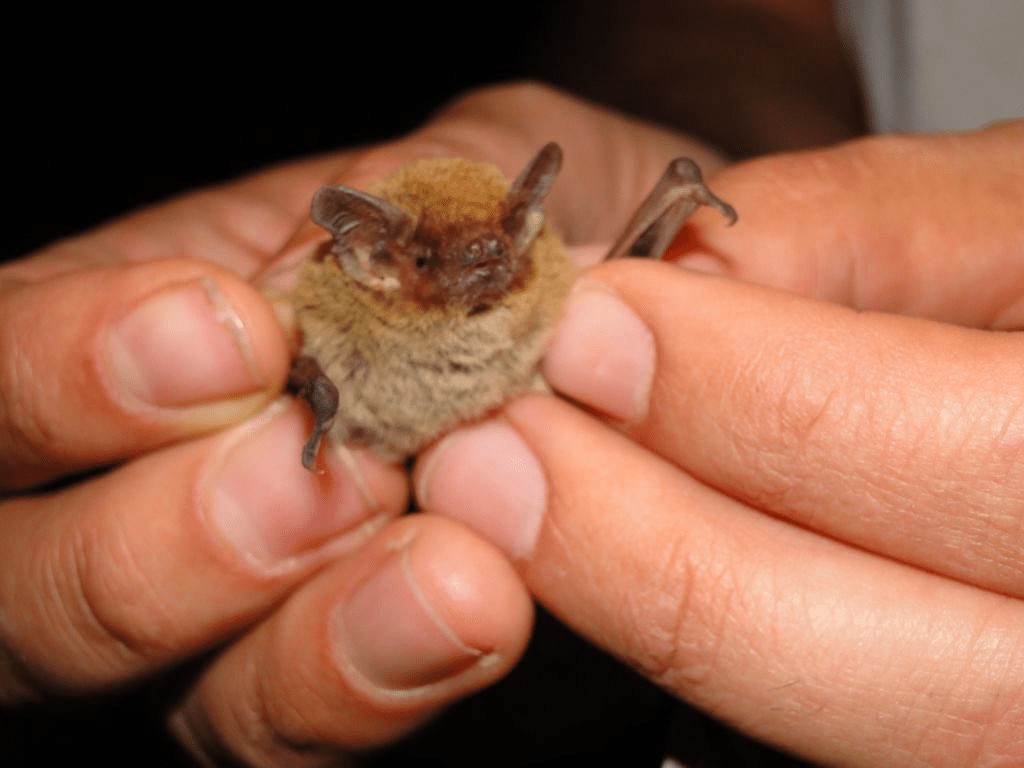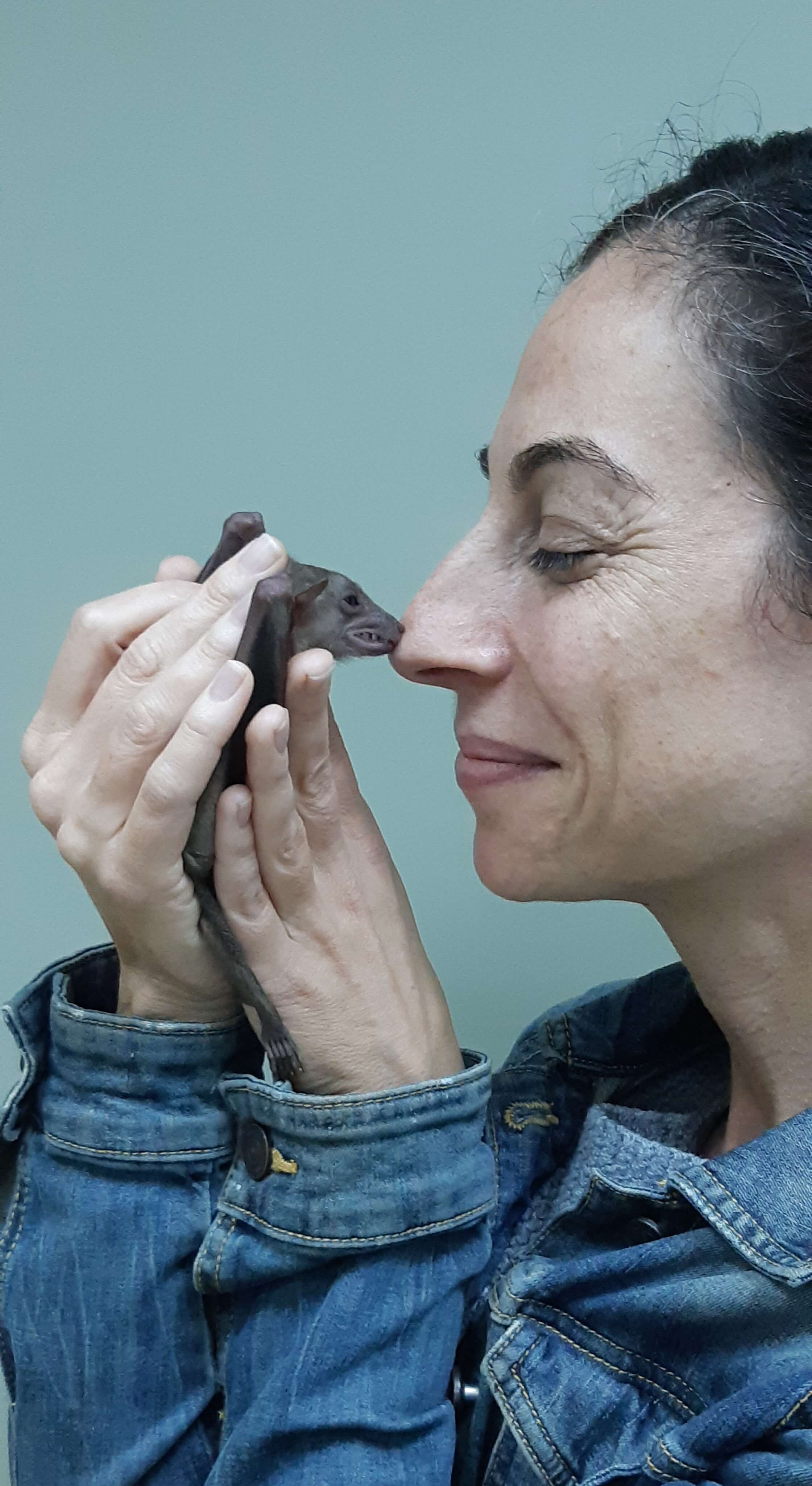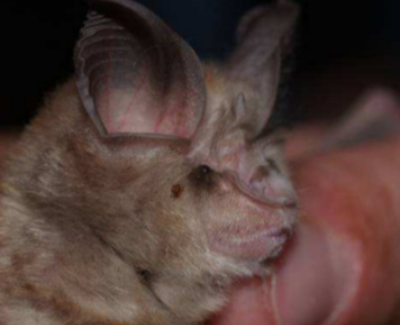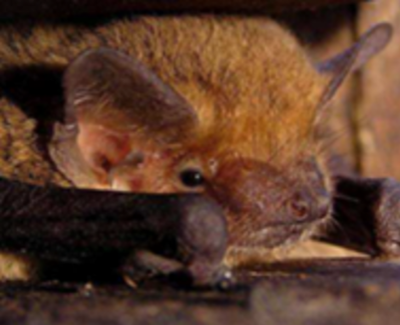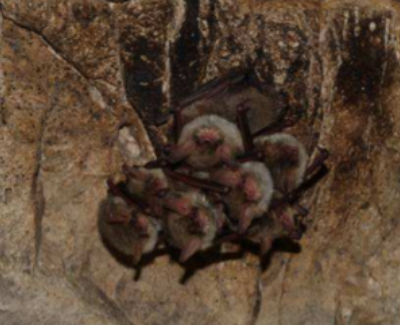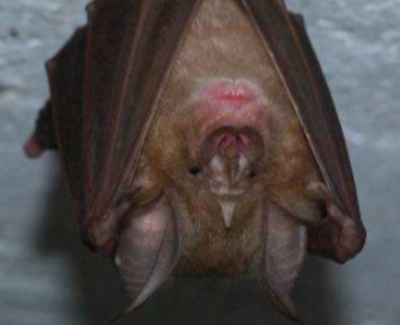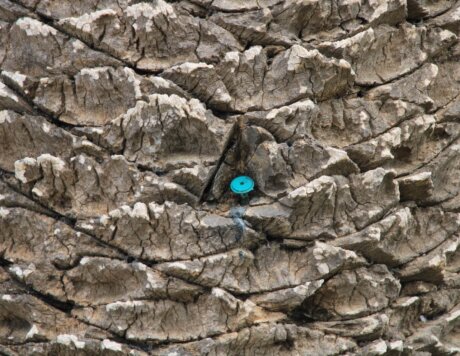the many other viruses for which it has been blamed.
In the past, the scientific world has published many harsh papers against bats, which were only half-truths. During the SARS explosion an article was published in Science with a title blaming the bat as an “animal reservoir” for the disease. Only 6 years later, in a much less popular journal, was a study published showing that experimental infection of bats with the SARS virus failed. The exact same thing happened with the Ebola virus. A title in Nature blamed the bats for carrying the disease and only 11 (!) years later, in a minor journal, a study was published showing that this was not the case. The virus is unable to replicate itself in the bat’s body.
Fruit bats: agreeable neighbours
Where do we Israelis meet them? Here in Israel there are 33 species of bats; 32 of them are insectivorous bats and only one is a fruit bat. Fruit bats are very common and also fly close to human settlements because they feed mainly on the ornamental trees growing in settled areas. They come to the trees to eat at night, and spend the daylight hours inside stone buildings and natural caves. They are not only agreeable neighbours who add grace and vitality to the urban landscape. They also help nature by pollinating trees and dispersing seeds, and serve as an important link in the food web as prey for birds of prey.
Insectivorous bats: agents of biological control
Insectivorous bats are no less important for nature and humans. In a study we conducted at Ramat Hanadiv, in collaboration with the farmers of Hanadiv Valley and Prof. Carmi Korine from Ben-Gurion University, we studied the important role of insectivorous bats as agents of biological control, since they feed on flying insects that cause damage to agricultural crops. Within the framework of the study, 10 species of insectivorous bats were documented in vineyards at Ramat Hanadiv – 50% of all bat species in northern Israel. Eight of the documented species are endangered.
The bats here are not sick
And what about diseases? According to Dr. Weinberg, “we see very few viral diseases in fruit bats in Israel. From over ten years’ experience I can count on one hand the number of times we encountered viruses in bats, and on all of those occasions the virus was specific only to bats. We have not encountered viral diseases of insectivorous bats in Israel at all.”
So let’s maintain the image of our bats. They are not some kind of Chinese Batman that is out to destroy the world; they are an animal that is vital and essential for nature and humans, so we want them to stay.


